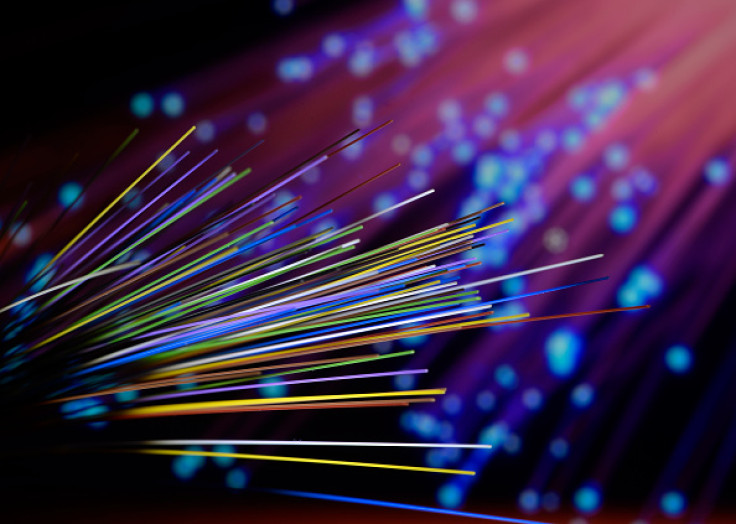Researchers make fibre optic cables to send data 50,000 times faster than average broadband

British researchers are here to put an end to your slow-internet frustrations by producing what they are calling "the next generation of high-capacity communication systems". A group of scientists from University College London (UCL) have created fibre-optic cables that can reportedly send data 50,000 faster than the average broadband.
To give an example, the data rate we have achieved would allow the entire HD Game of Thrones series to be downloaded within one second.
According to the scientists, TV-series enthusiasts need not wait long hours to download their shows since an entire series can now be downloaded in high definition within a second. according to research leader, Dr Robert Maher. He said said: "To give an example, the data rate we have achieved would allow the entire HD Game of Thrones series to be downloaded within one second.
On the average UK broadband speed, a similar download would take up to an hour. "This is almost 50,000 times greater than the average speed of a UK broadband connection of 24 megabits per second, which is the current speed defining 'superfast' broadband."
The breakthrough technology works by sending 15 pulses of light at varying frequencies at once through a fibre-optic cables. This makes way for data to be transferred at exceptionally faster speeds. "This ultimately resulted in us achieving the greatest information rate ever recorded using a single receiver," said Maher.
While the technology is not commercially available, the UCL scientists behind the study will be testing it across the several thousand miles of optical fibres across the UK. The "super-channel" technology research has been published in the Scientific Reports journal.
Earlier, researchers developed a fibre optic technology that could transfer data at a rate of 255 terabits per second (Tbps). The findings were described by the journal Nature Photonics as, "going from a one-way road to a seven-lane highway".
© Copyright IBTimes 2024. All rights reserved.






